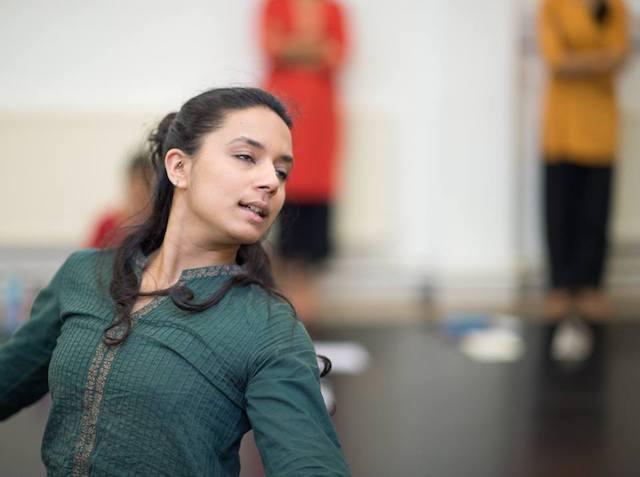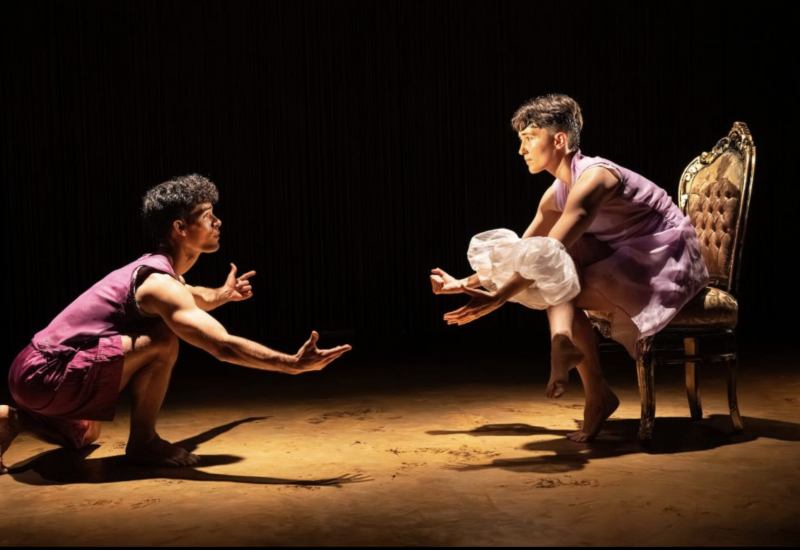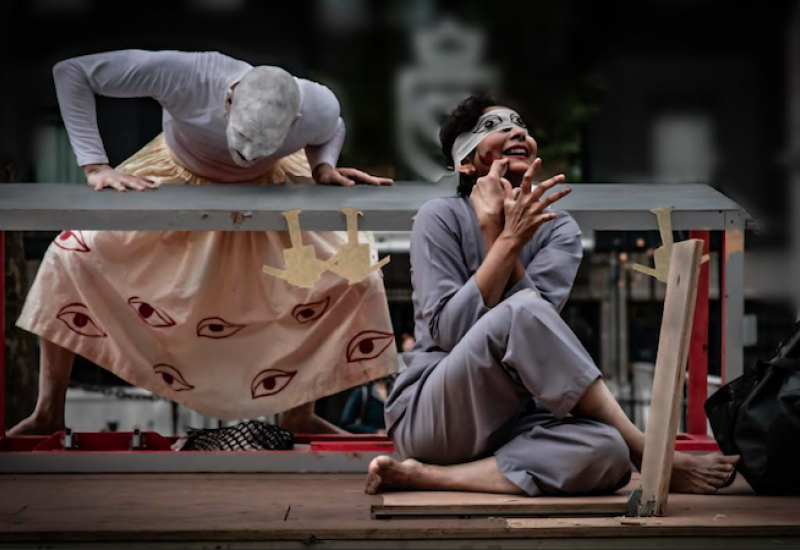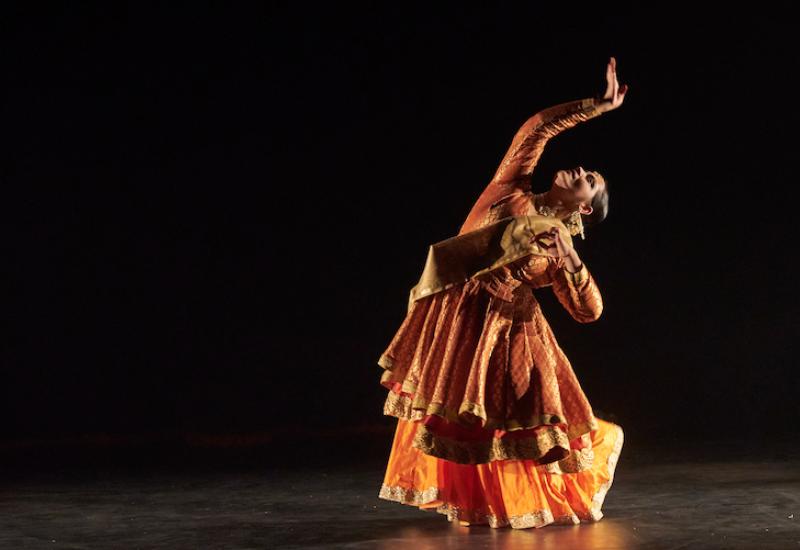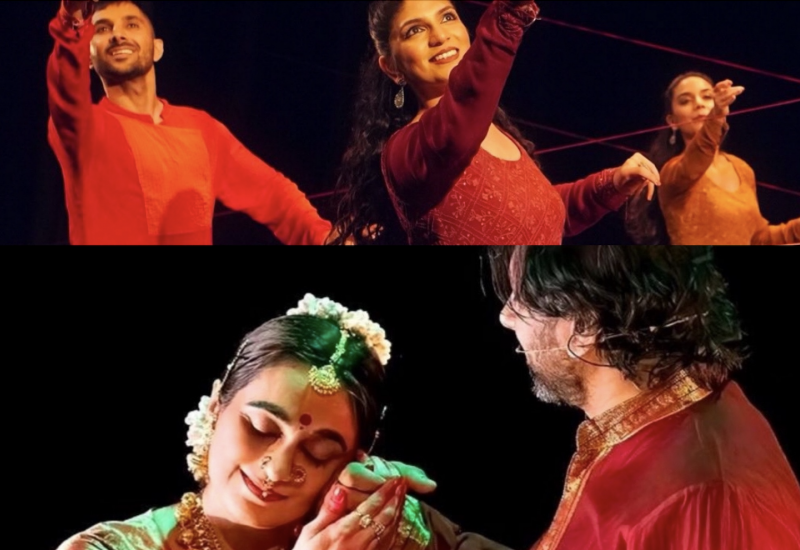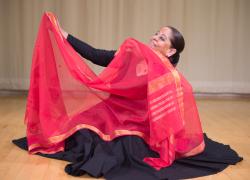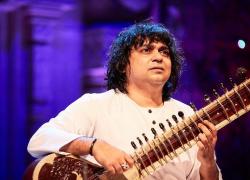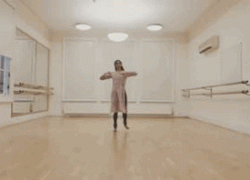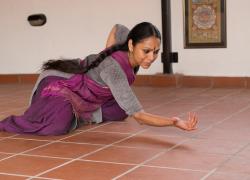Do you think or do you do?
When I began transitioning into a dance career and learning contemporary dance, my ballet teacher refused to show any sequence more than once, demanding that we try and rebuild the movement purely from what the body might have subconsciously picked up from observation. This seemed ludicrous to me; as a beginner I had no idea how to comprehend ballet movements from just one viewing. When she asked me to imitate, my mind was blank. She was adamant that trying to logically or theoretically understand movements before physically trying them was a bad habit which reduced the intelligence of the body. I soon realised that this body-first ideology was pervasive in contemporary dance, where there is a strong emphasis on somatic movement. Most classes began with meditative tasks that demanded an internal and sensorial focus and were held in studios without mirrors, so as to keep our focus on the physical experience of movement rather than its visual aesthetic. Our tutors discouraged questions at the beginning of any task, prompting us instead to physically try the exercise without having all the answers.
It felt as if I had to switch off my mind and switch on my body in order to become a dancer. This wasn’t particularly surprising considering I was moving from institutions that prized intellectualism to a world grounded in a physical practice. I am used to this body-over-mind rhetoric now, and have become much better at engaging with my intuition rather than my knowledge. I even feel impatient in the studio when discussion seems to overtake the task, the phrase ‘just do it’ lingering at the tip of my tongue. However, I wonder whether this dichotomy of mind vs body, or thinking vs doing, is actually that helpful. Perhaps the most convincing justification for this dichotomy is the experience of being on stage. Most performers will relate to the ‘flow’ or wu-wei type of experience, where their action is effortless and almost mindless; they are 'in the zone' and their art takes form without any thought. In this flow on stage, thinking about what to do next or how to perform is certainly disruptive and can compromise the authenticity of the performance. However, to dismiss thinking as interruptive to artistic skill unfairly frames art as separate from intelligence, when in fact thoughtfulness is central to artistic practice.
Perhaps a more important comparison to make is between 'thinking' as a disembodied activity - imagine sitting at your laptop unaware of what's happening around you - and 'thinking' as an embodied activity where mind and body are both simultaneously engaged - imagine walking over a wobbly bridge. As you wobble, your mind constantly recalibrates, testing different ways of shifting weight between your feet, urging the muscles in your legs to activate where necessary to avoid falling. Similarly when dancing, embodied thinking can reveal connections between movements, bio-mechanical insights, and imagery that injects the movement with spirit.
It is this active engagement of both mind and body that enables the body to iterate its responses; deliberate and thoughtful repetition can be wildly more productive than simple repetition when building a skill. A carefully thought out training regime can make all the difference to those who train physically; dancers know well enough that a one-size-fits-all riyaaz (studio practice) doesn't exist and that arriving at a personal system that works well with your body requires a fair amount of awareness. Therapy sessions to address performance anxiety can involve mental reconditioning; you meditate upon a past experience of a good performance, clarifying the small details of that memory in order to be able to mentally recreate that experience just before stepping onto stage. This deliberate framing of mind can make the difference between a shaky performance and an effortless-flow type performance. Preparing for a show often includes 'mental rehearsals' which involves dancing a choreography in your mind, making sure that you can recall all the details clearly. Dancers are used to clarifying the 'intention' of a movement in order to bring more performative clarity; this involves confirming some aspect of the movement with the choreographer and then conditioning the mind to think of the specific image or feeling when performing that movement. There are numerous examples to illustrate the mental work that goes into dancing, so it feels crude to separate 'thinking' and 'doing' in the studio.
Perhaps the ‘just do it’ mentality is useful in undoing societal or habitual bias towards intellectualism but the resulting mind-body dichotomy is a deceptive rhetoric. I am drawn instead to the ideals of embodied thinking and thoughtful moving, which seem to promise much more.

